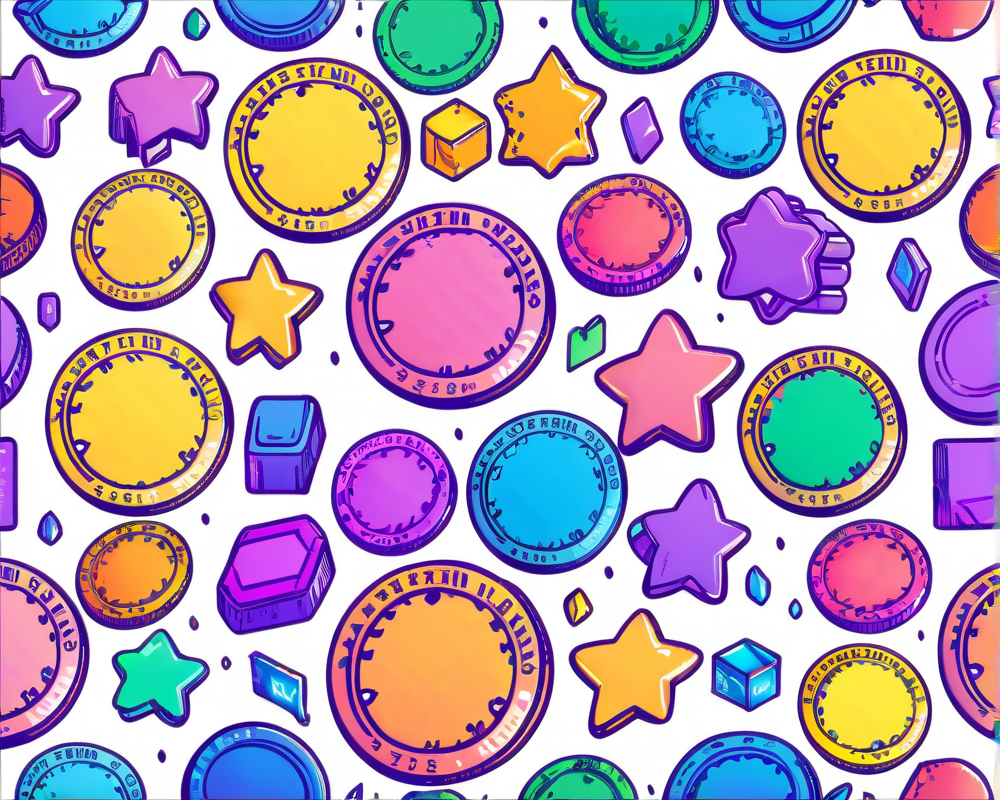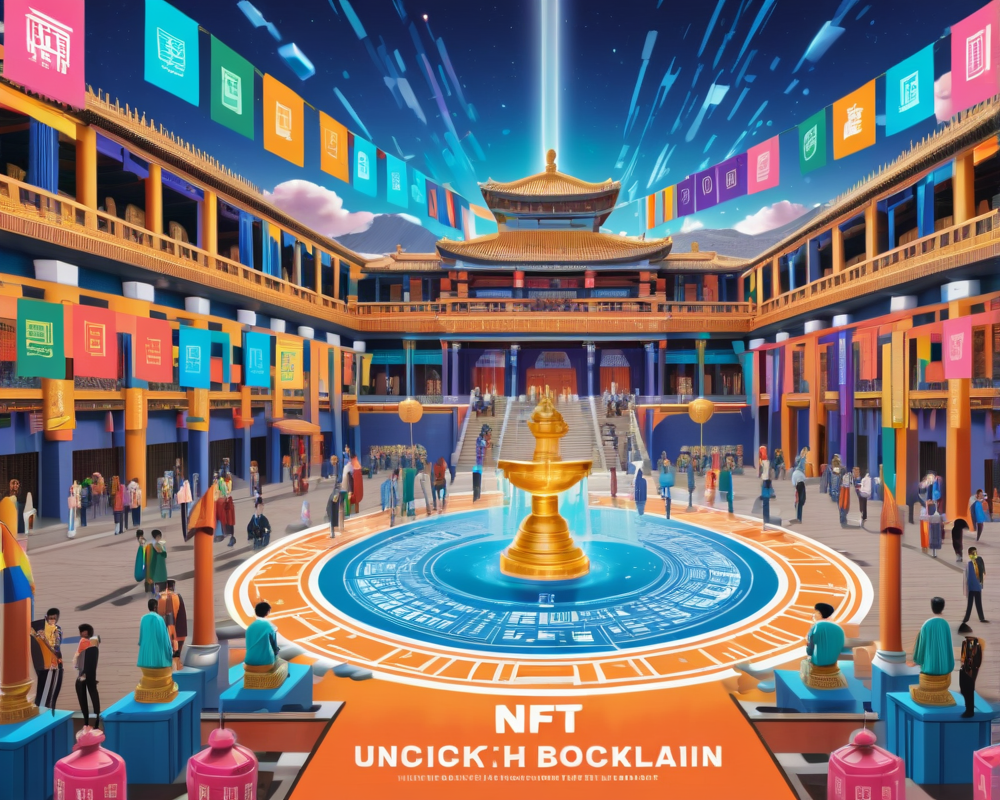What Exactly Is a Token?
A token is essentially a digital asset that carries value, either as a standalone item or as a representation of a physical asset on a blockchain. Presently, Ethereum dominates the token landscape, boasting over 5,300 different tokens mainly crafted under the ERC-20 standard. Think of Ethereum as the digital playground for asset creation!
Why the Buzz Around Tokens?
In the growing realm of digital assets, tokens have caught everyone’s attention and for good reason. Their key features include:
- Speed: Transactions with tokens are speedy—much faster than shuffling papers around for physical assets.
- Liquidity: Tokens enhance asset liquidity, making it easier to trade and access funds quickly.
- Transparency: Blockchain technology offers a transparent record of transactions while maintaining user anonymity—your secret’s safe with us!
- Accessibility: Acquiring tokens is typically simpler than purchasing the actual assets they represent, due to reduced paperwork and the ability to purchase fractions of assets.
Diving Deeper: Types of Tokens
Tokens generally fit into two main categories: utility tokens and tokenized assets. Let’s break these down.
Utility Tokens
Utility tokens serve specific functions within decentralized applications (DApps). They’re like the currency of these digital worlds, used for governance, staking, and in-app purchases. For instance, the Golem Network Token (GNT) allows users to buy computing power on the Golem platform. You trade GNT for digital help, just as you’d barter with coffee beans in a local market.
Tokenized Assets
Tokenized assets shine in sectors traditionally burdened by paperwork and inefficiency, such as real estate and commodities. By transforming these assets into tokens, we can reduce liquidity issues and make ownership a lot more straightforward. Just picture buying a piece of property online without filling out mountains of forms!
The Current Landscape: Where Are We Headed?
So, where do we stand on this journey toward a tokenized economy? We’re still in the early days, akin to the wild experimentation of the Internet boom in the late 90s. Only a small fraction of the population engages with blockchain-based tokens, and regulatory bodies are still trying to unravel the legal implications. However, as adoption increases, coupled with better regulatory frameworks, we might soon witness a revolutionary shift in how we view economic models.
Next Steps: Embracing the Change
For tokens to become mainstream, we need to address several challenges:
- Creating user-friendly platforms for token acquisition and storage.
- Establishing clear regulations to protect consumers and businesses.
- Encouraging innovation in token designs and applications.
With these hurdles cleared, the future could be a vibrant world filled with accessible, tokenized assets, where digital economy practices are as normal as ordering a pizza online.




